Liverpool Football Club is steeped in history, its origins dating back to the 1890s before transformational decades followed to help create the club we see today.
The football club we all know and love was formed in 1892, a period so different to the one we currently experience.
But we have the likes of John Houlding to thank for forming and persisting with Liverpool FC, a pillar of the community and, they would not have known it at the time, a soon-to-be global powerhouse.
This is where it all started.
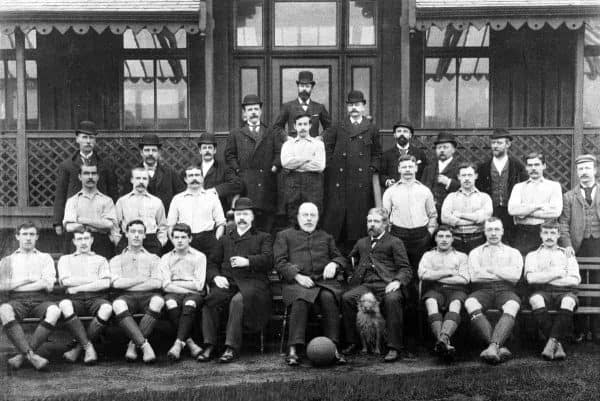

And it was not long until the first top-flight title was won in 1900/01, coming after two championship-winning campaigns in the Second Division in 1893/94 and 1895/96.

The teams of the early 1900s experienced life in both the First and Second Division and picked up titles along the way, from 1905/06 they settled comfortably in the top flight until the 1950s.
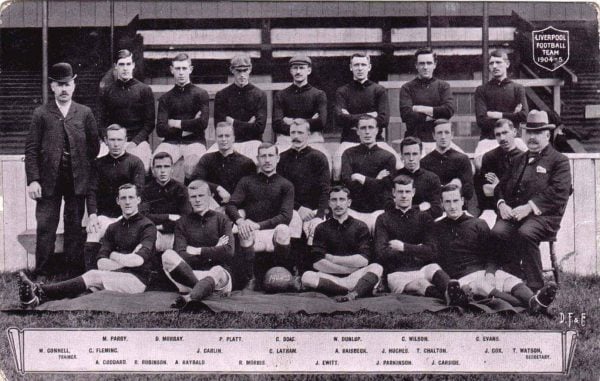

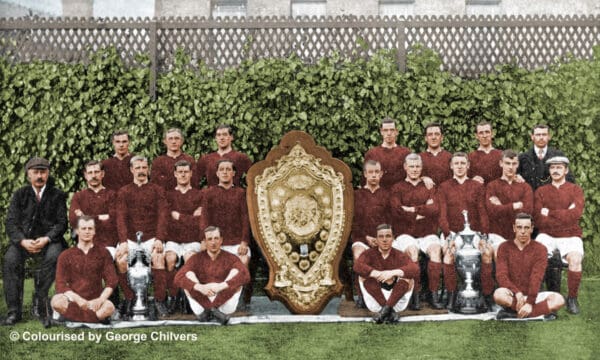

Liverpool started the 1920s with back-to-back league titles when there were 42 games to a season.
Aren’t these images just incredible?
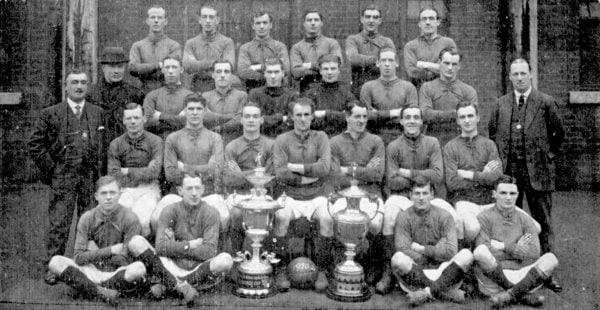

And take a look at Anfield here in 1928 under construction, quite the contrast to present day.
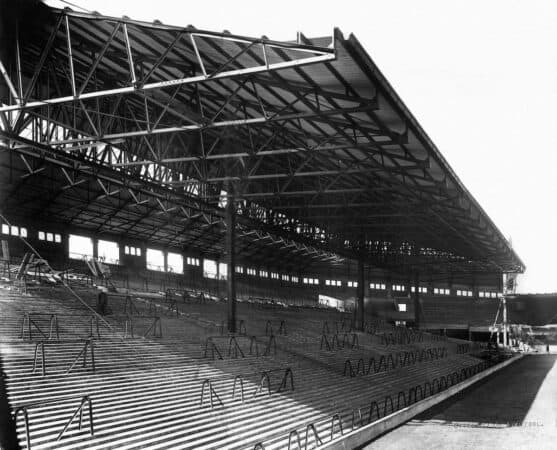
The 1930s were full of Reds who will forever be enshrined in club history, including Gordon Hodgson – who is Liverpool’s third all-time leading goalscorer with 241 goals from 377 appearances.
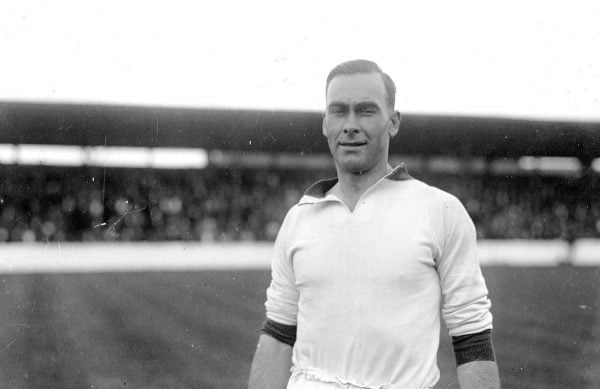
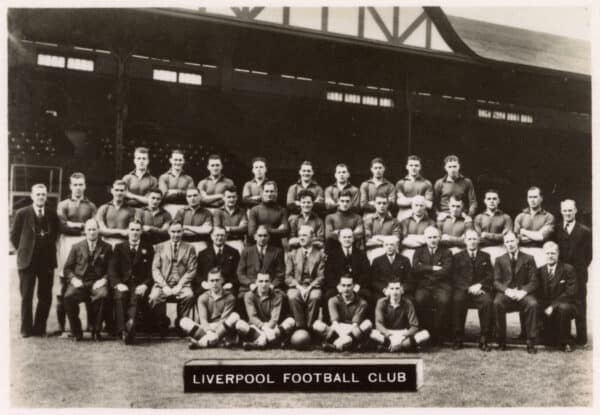
Goalkeeper Elisha Scott made 468 appearances for the Reds and won back-to-back Division Two triumphs in 1921/22 and 1922/23 before departing in 1934.
Everton legend Dixie Dean called him the “greatest I’ve ever seen.”

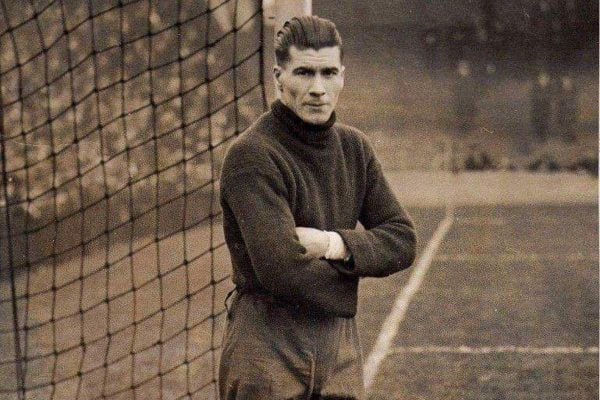
It was a different time, but you could definitely envisage Alisson wearing a flat cap between the sticks!


There would be only one trophy lifted throughout the 1940s, in part due to the war, but that is not to say the Reds were not without standout players.
Albert Stubbins, Willie Fagan, Jack Balmer and even future manager Bob Paisley were among them.

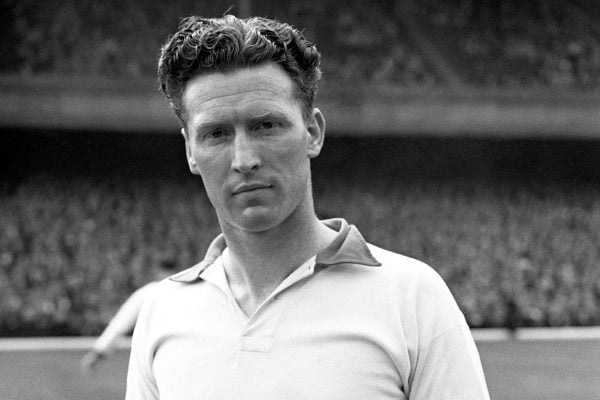

Paisley played 277 games as a Red from 1946 to 1954 – he was never too far from Anfield.


Balmer made history in 1946, becoming only the third player in English football to score three consecutive hat-tricks – he scored a total of 10 goals in three games. A skilful and intelligent forward.
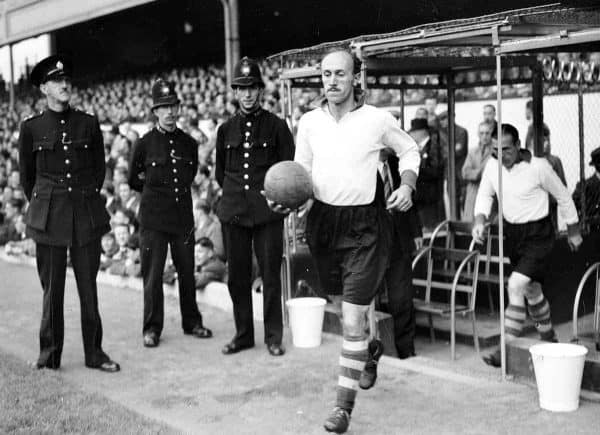
The 1950s were transformative for Liverpool and not always for the right reasons.
In 1953/54, the club was relegated to the Second Division, but the arrival of Bill Shankly in 1959 would change everything.

Ronnie Moran may have become one of Shankly’s most trusted right-hand men, but he was first the club captain and a reliable member of the squad that the Scot inherited.
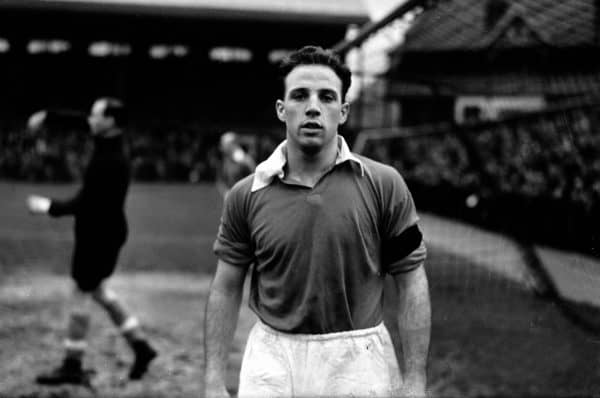
As for the legendary Billy Liddell, the majority of his football with Liverpool was played before Shankly’s arrival but he was a cornerstone of the side from 1946 to 1960.
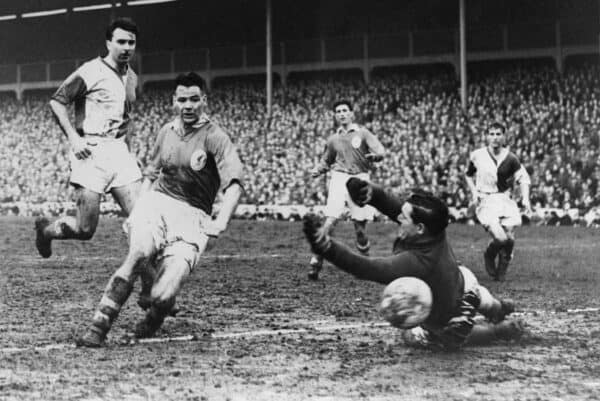
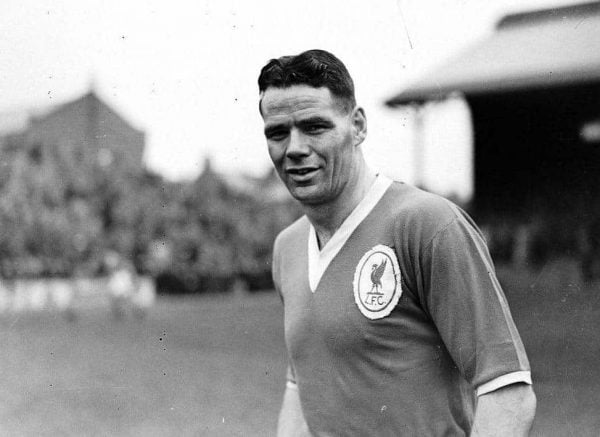
Liverpool ended the 1950s in the Second Division, but with Shankly at the helm, the club was only ever heading in one direction.


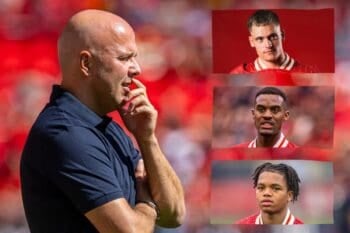


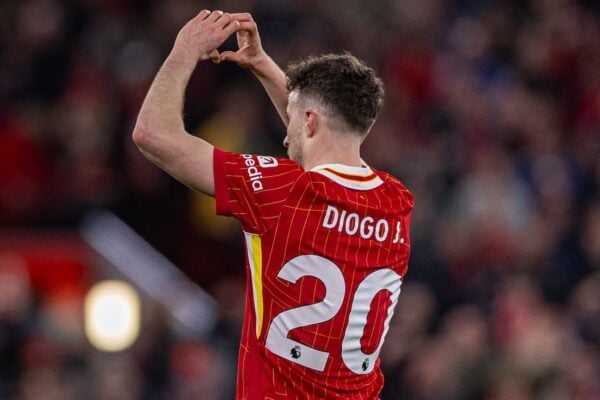







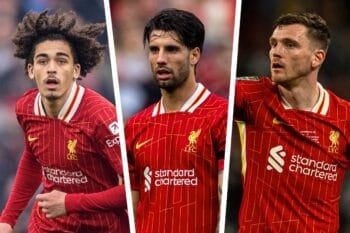

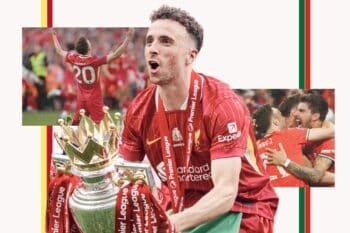
Fan Comments